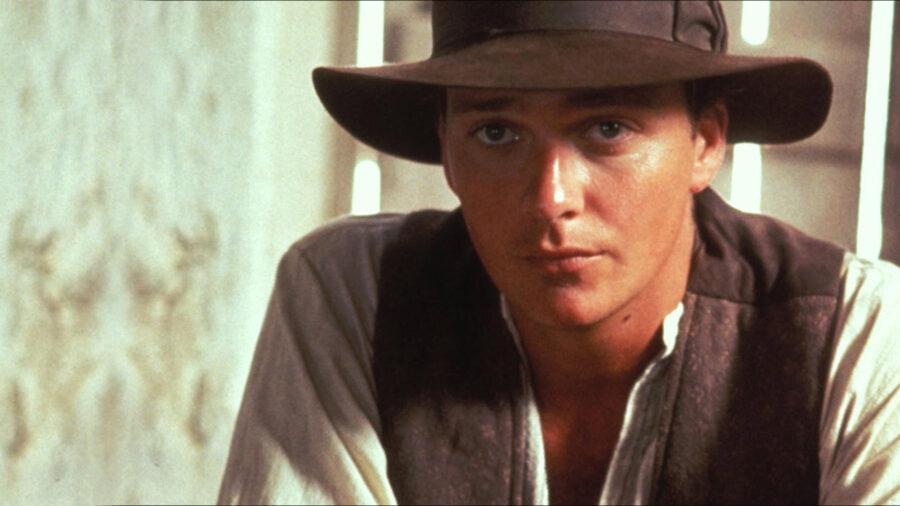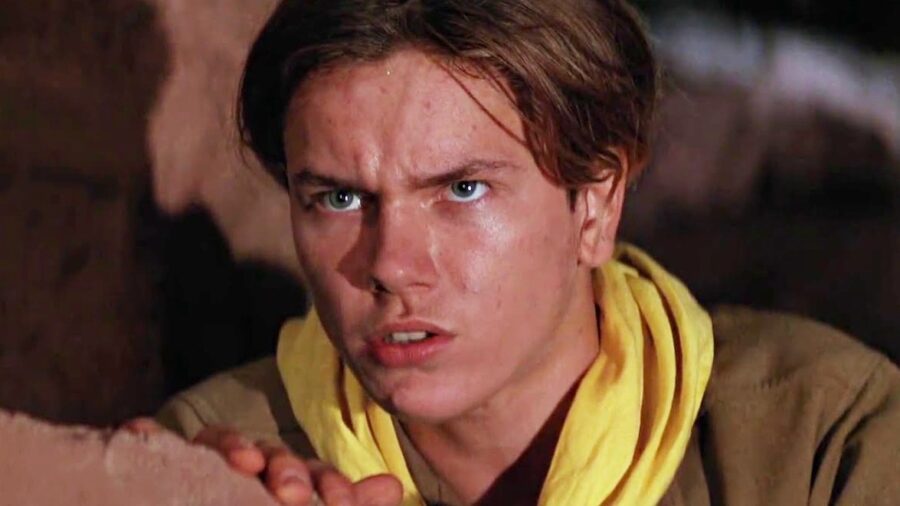Indiana Jones Future Should Be Exploring Its Past
Indiana Jones shouldn't move into the 70s and 80s, but instead, get inspiration from The Young Indiana Jones Chronicles and remain set between 1910 and 1950.

Indiana Jones and the Dial of Destiny is the end of Harrison Ford’s time wearing the fedora, but it might not be the last film in the franchise. With the introduction of Phoebe Waller-Bridge as Helena Shaw and her own sidekick, Disney appears to be preparing for a new star to take over, but that would be a mistake, and not because Waller-Bridge can’t do it. It’s a mistake because the franchise works best as a pulp adventure and should remain rooted in the past.
George Lucas designed Indiana Jones to be a modern take on the adventures he grew up enjoying, from Alan Quartermain in King Solomon’s Mines to Professor Challenger in Sir Arthur Conan Doyle’s The Lost World. The Victorian era of England to the end of World War 2 is the perfect setting for an adventure movie; technology is still recognizable to a modern audience yet retains the feel of a pulp novel, and rapid political change provides an exciting backdrop for why different groups are seeking out ancient relics of power.
Modern adventure films, including The Lost City and Uncharted, don’t have the same appeal because technology is so advanced that digging up the past is less exciting when ground-penetrating radar, GPS, and cell phones exist. Dial of Destiny ends in 1969, meaning a new movie featuring Waller-Bridge would be in the 70s, but thankfully, since going forward isn’t a great option, the franchise can make an easy pivot. The answer is to go back to the Young Indiana Jones Chronicles.

The Young Indiana Jones Chronicles aired for two seasons, including 24 episodes and four television movies, featuring Sean Patrick Flannery as a teenage Indy and Corey Carrier as kid Indy, in adventures that involve historical figures of the time period.
Indy coming across Al Capone is more interesting than Helena Shaw getting wrapped up with John Gotti. Adventures alongside the French Foreign Legion sound more exciting than working with the CIA in South America.
A prequel film also avoids the landmine of trying to recast Harrison Ford’s version of Indiana Jones, and while the last time LucasFilm did this with Solo: A Star Wars Story wasn’t a success, that film had behind-the-scenes turmoil. Also, we already know the origin of the name Indiana, and audiences are already used to the concept of a young Indy from The Last Crusade (where River Phoenix played him).
Stories about young Indy that are already ripe for adaptation include Princess of Perial, about a Russian princess in 1913, and The Ghostly Riders, which ends with a face-to-face encounter with King Arthur. A classic Indiana Jones video game, The Fate of Atlantis, could be easily adapted into a feature-length film. Not only is the time period perfect for adventure movies, but there’s a wealth of material to work with.
Despite Phoebe Waller-Bridge doing a good job in Dial of Destiny, she’s no Indiana Jones, and the current story structure is already working against her leading the next film. Besides, the franchise is named for one character, has always been centered on one character, and does not work unless it’s about Indy. A female-led adventure franchise can also work; someday, Tomb Raider (another series with Waller-Bridge attached) will take off at the cinema, but Indiana Jones should dig into the past.












